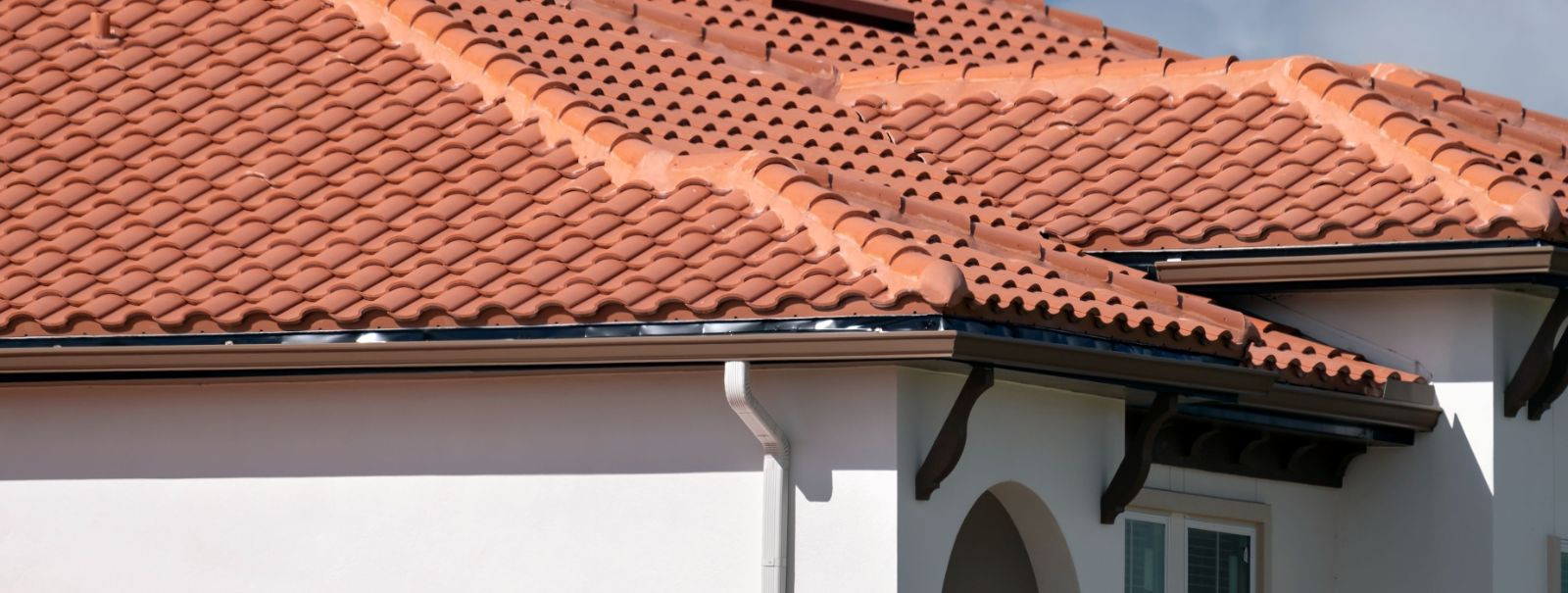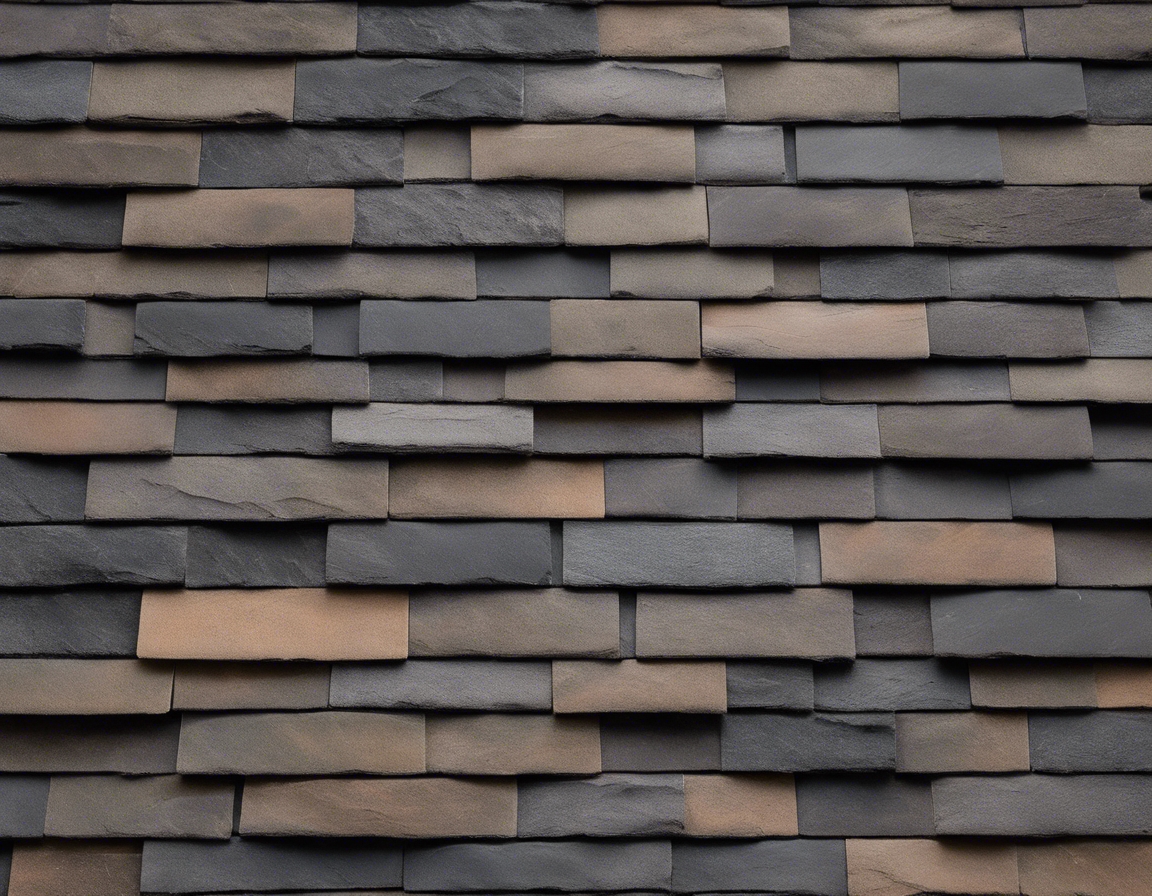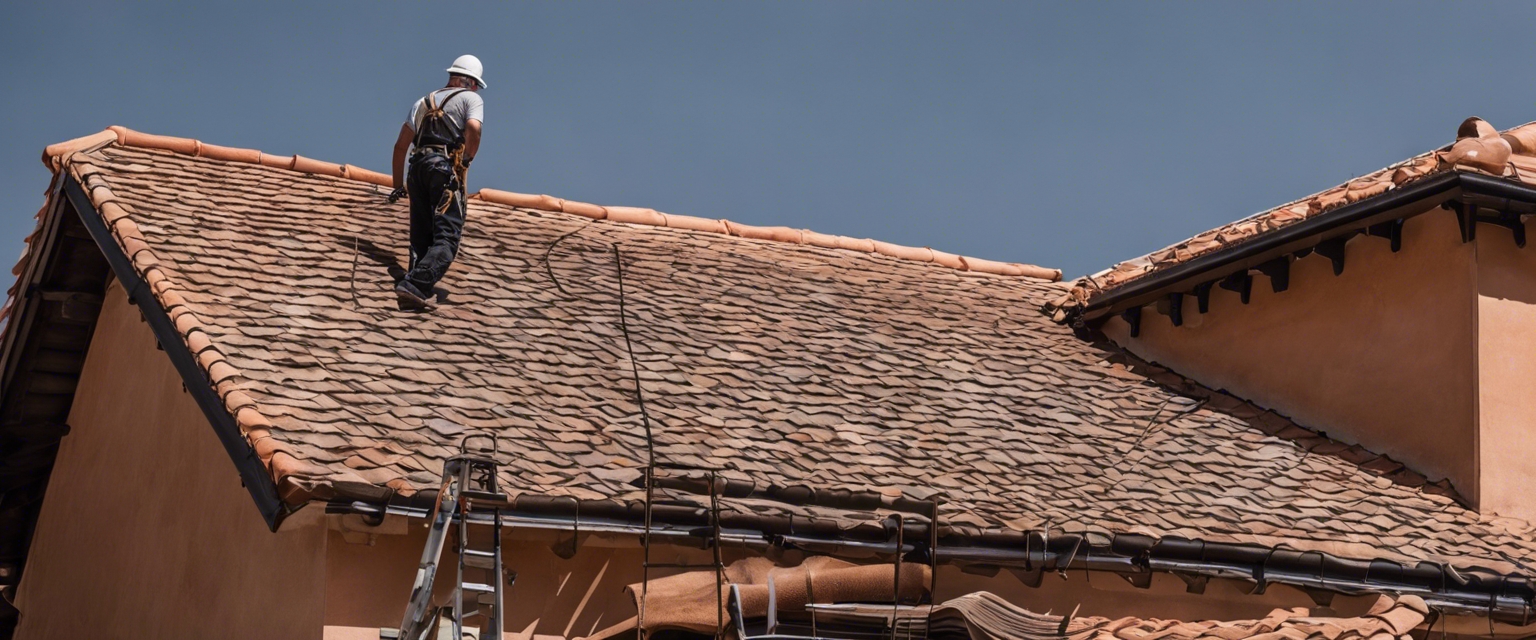Tin vs. stone roofs: what's best for your home?
Choosing the right roofing material is crucial for the safety, durability, and aesthetics of your home. The roof is your first line of defense against the elements and plays a significant role in the thermal efficiency of your property.
Tin and stone are two popular roofing materials, each with its own set of benefits and considerations. Understanding the properties of each can help you make an informed decision tailored to your home's needs.
Comparing Tin and Stone Roofs
Tin roofs, often made from steel coated with a protective layer of zinc, can last between 40 to 70 years with proper maintenance. Stone roofs, such as slate, are renowned for their longevity, often lasting over 100 years.
Both materials offer strong resistance to adverse weather conditions. Tin is known for its ability to withstand high winds, while stone roofs are less likely to be damaged by hail or heavy rain.
Tin roofs reflect solar radiant heat, which can help reduce cooling costs in the summer. Stone roofs have excellent thermal mass, keeping homes warmer in winter and cooler in summer.
Tin roofs require regular inspections to prevent rust and sealant failures. Stone roofs are more resistant to moss and algae growth but may require professional repairs if tiles are damaged or slip.
Initial installation costs for stone roofs are typically higher than for tin roofs. However, the long-term investment can be cost-effective due to stone's durability.
Both tin and stone roofs have eco-friendly attributes. Tin is highly recyclable, and stone is a natural material with minimal processing required.
The choice between tin and stone can also be influenced by aesthetic preferences. Tin offers a modern look, while stone provides a classic, timeless appearance.
Tin roofs are lightweight and easy to install, which can reduce labor costs. Stone roofs are heavier and require a stronger supporting structure, which can increase installation complexity and cost.
Regional Considerations for Roofing Materials
Your local climate is a significant factor in choosing a roofing material. Tin might be preferable in areas with extreme weather fluctuations, while stone could be ideal in regions with consistent temperatures.
Local regulations may dictate the types of materials that can be used for roofing, which can influence your choice between tin and stone.
The availability and cost of roofing materials can vary by region, affecting the practicality and affordability of your choice.
Advantages of Tin Roofs
Tin roofs are adaptable to various architectural styles and are suitable for both residential and commercial buildings.
The long lifespan and recyclability of tin make it an environmentally responsible choice for roofing.
The lower initial cost and maintenance expenses make tin an attractive option for budget-conscious homeowners.
Advantages of Stone Roofs
Stone's natural insulation properties can lead to energy savings and enhanced comfort within the home.
A stone roof adds a unique character and can increase the curb appeal and value of a property.
Stone roofs offer superior fire resistance, providing an added layer of safety for homeowners.






Comments (0)